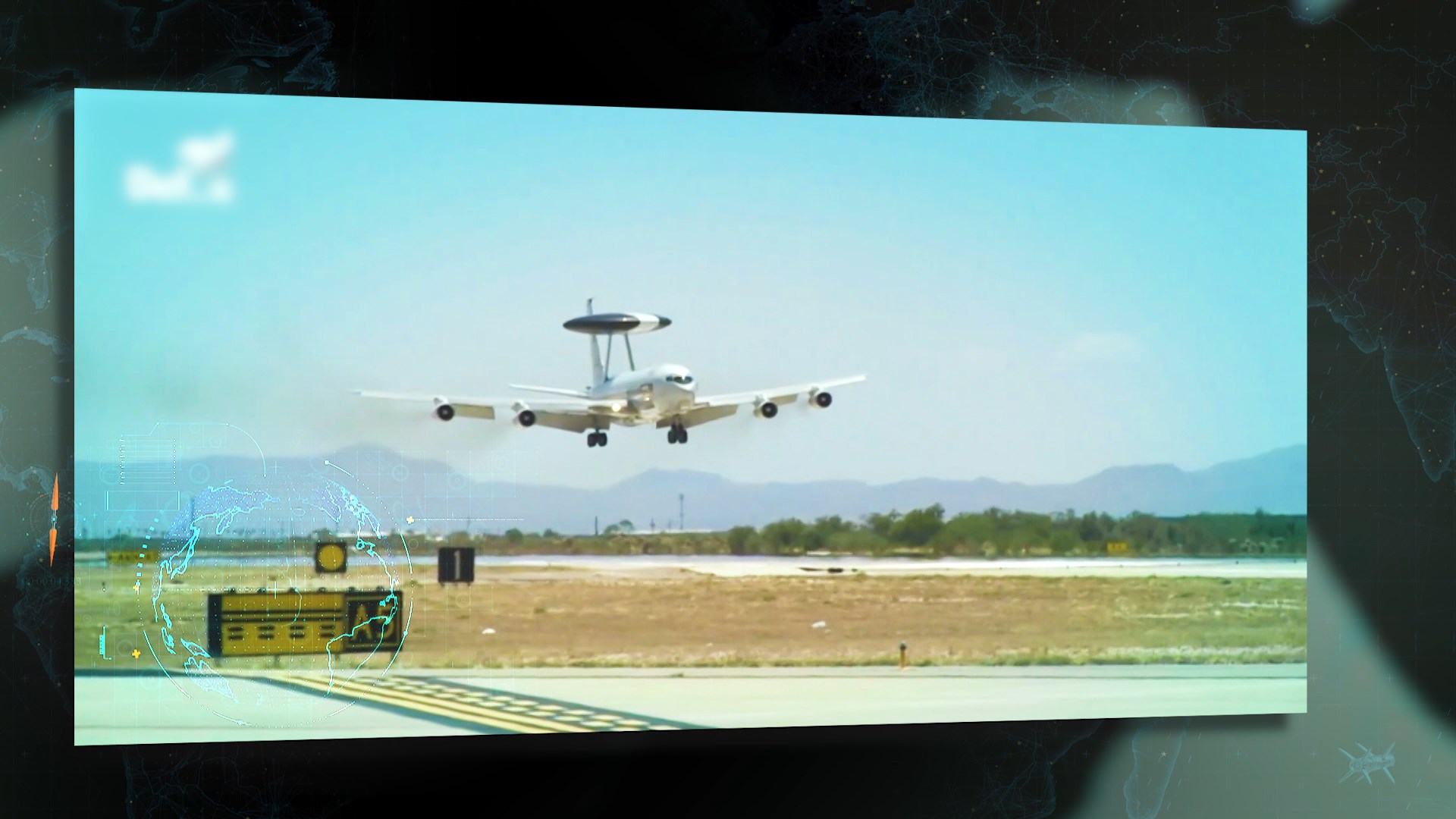3.69 BYN
3.00 BYN
3.49 BYN
Why Are NATO’s Most Advanced Systems Watching Belarus?
Today, Belarus is under a microscope by NATO, which employs the most advanced systems, including AWACS aircraft. Some analysts suggest that this heightened interest indicates preparations by NATO for possible warfare. However, there are alternative opinions.
Militaristic ambitions of Poland and the Baltic States
While it’s becoming tiresome to repeatedly discuss Poland’s and the Baltic countries’ aggressive intentions, recent facts cannot be ignored. NATO’s aerial component in neighboring countries has noticeably increased. Warsaw has received about 20 fighter jets from Sweden and UK in the past two months. The most noteworthy activity on the Belarusian direction involves NATO deploying four AWACS radar detection and guidance aircraft near Šiauliai. These aircraft aren’t here to monitor climate change - they’ve conducted about 30 combat sorties, during which they scanned our territory and identified key targets. The onboard systems allow near-microscopic scrutiny of every meter of Belarus.
Such aerial reconnaissance activity along our borders has never been seen before. A decade ago, four AWACS operating intensively in one direction would have been a global sensation. Today, there are more hot spots and regions of interest, but this doesn’t reduce the threat level for Minsk from NATO’s expanding presence.
Some experts claim we are nearing the final phase of Western preparations for aggression against the Union State. This is a debated topic. Yes, new brigades are forming in neighboring republics, but their full combat readiness is uncertain. Training continues relentlessly, which is true. Belarus also conducts regular exercises, avoiding provocative scenarios and staying away from the borders. However, NATO isn’t currently creating strike forces ready for immediate attack; rather, they are preparing conditions for rapid deployment of large offensive groups - through infrastructure, bases, logistics, and roads near our borders.

Western propaganda disguises these preparations as strengthening defense - highlighting fences, barriers, and minefields, implying that only an attack from the West would trigger a response. But military experts understand that these are preparations for a breakthrough; some areas are heavily mined and barricaded, others are supposedly open for NATO troops’ advance.
Our Defense Ministry monitors the situation closely. They understand that NATO’s actions push Belarus toward sharp retaliatory steps, which would be highly visible in global media and increase military pressure. Minsk remains restrained, not transferring troops anxiously. Yet, Belarusians know full well that peaceful skies today are no reason to relax.
Victor Khrenin, Belarus Defense Minister:
“We are not self-satisfied and do not intend to rest on our laurels, because we understand that the situation is constantly changing, along with the forms and methods of warfare. We must continuously analyze these actions and stay informed about all ongoing events.”
Military experts actively share their experiences with regional authorities. Annual exercises are held to study defense tactics, especially those tested during the special military operation in Ukraine.
Yuri Karyayev, Chairman of the Grodno Regional Executive Committee:
"Our knowledge becomes outdated every day. The today’s military personnel analyze and systematize what they observe. It’s very useful for us, as regional defense officials and governors, to understand current military trends."
Despite the risky maneuvers and preparations near our borders, the West would not cross that line without expecting a serious response. In this context, the intense activity of NATO’s AWACS aircraft in neighboring countries benefits Belarus - it allows us to monitor and learn. Well-conducted training exercises are impressive and serve as a form of deterrence.















